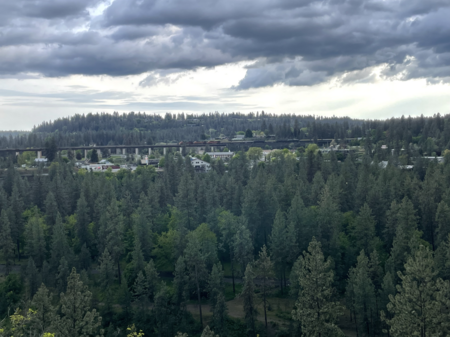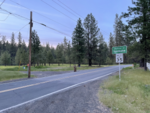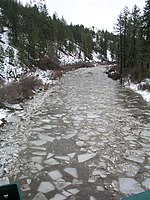West Hills, Spokane
Geography of Spokane, WashingtonNeighborhoods in Spokane, Washington

West Hills is a neighborhood in Spokane, Washington. As the name suggests, the neighborhood is located on hillsides to the west of downtown Spokane. The neighborhood also extends far to the west along the West Plains to incorporate the Spokane International Airport and surrounding land. As the city has grown over the decades, the West Hills neighborhood has expanded uphill and onto the plains to the west. That history of incremental growth, combined with the hilly topography of the area cut by numerous watercourses, has broken up the neighborhood into multiple, distinct areas with swaths of undeveloped land mixed in between.
Excerpt from the Wikipedia article West Hills, Spokane (License: CC BY-SA 3.0, Authors, Images).West Hills, Spokane
South F Street, Spokane
Geographical coordinates (GPS) Address Nearby Places Show on map
Geographical coordinates (GPS)
| Latitude | Longitude |
|---|---|
| N 47.644027777778 ° | E -117.46225 ° |
Address
Finch Arboritum Visitors Center
South F Street
99201 Spokane
Washington, United States
Open on Google Maps










